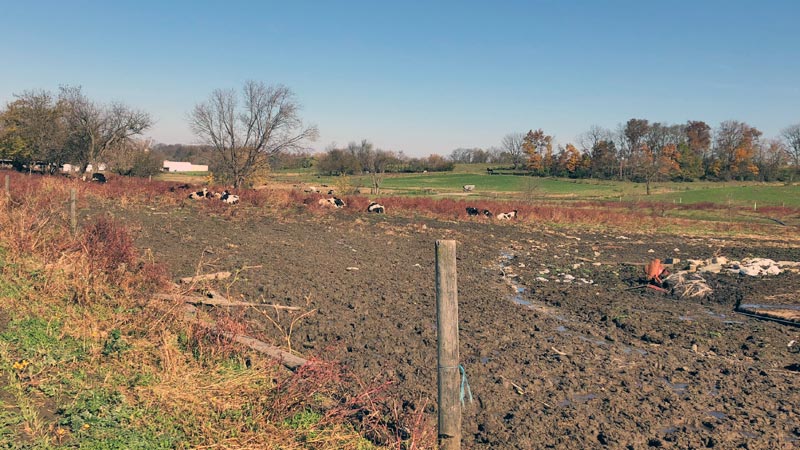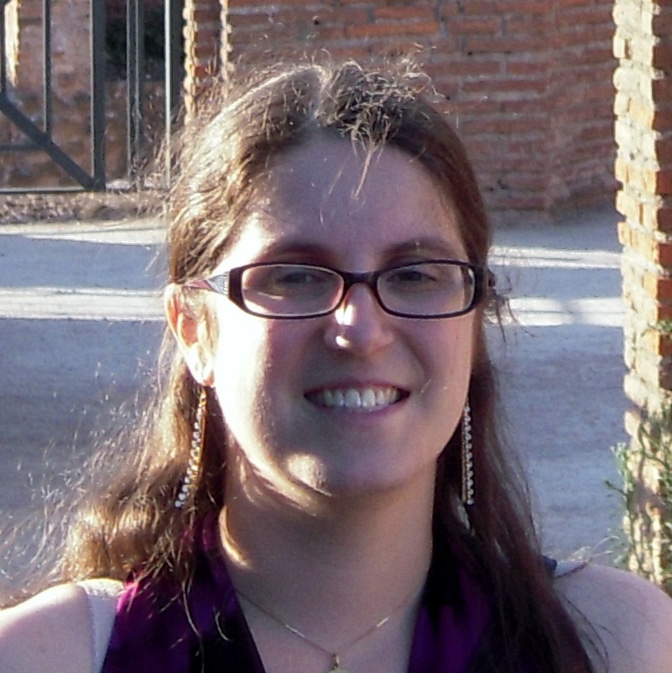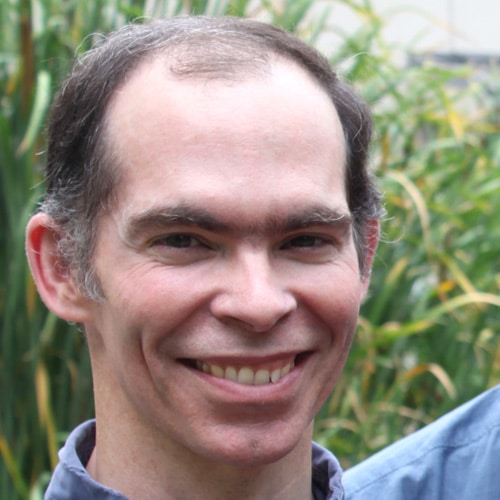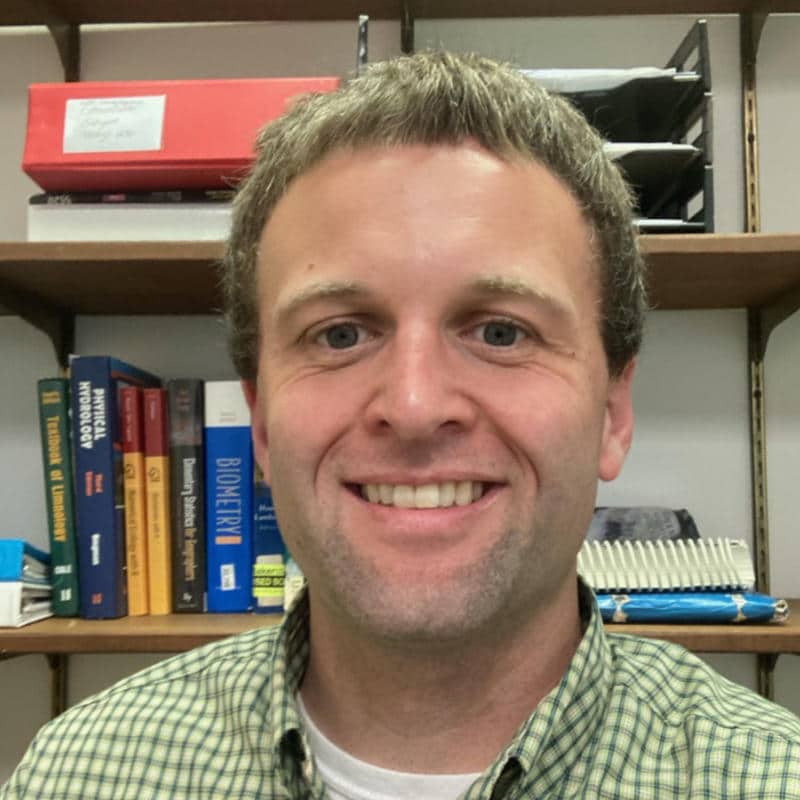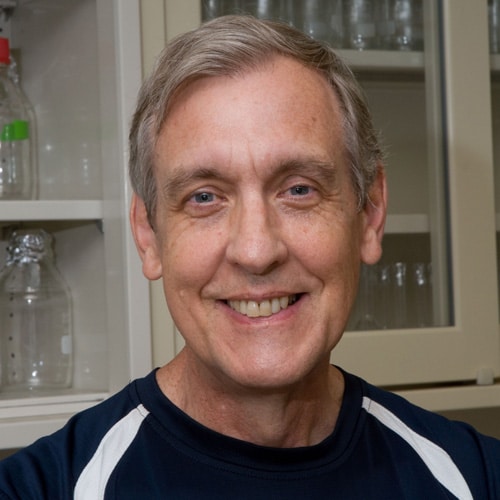The main focus of the Watershed Biogeochemistry Group is to investigate major elemental cycles in streams and their watersheds, particularly carbon, nitrogen, and phosphorus pools and fluxes. We are especially interested in quantifying and characterizing the rich array of organic molecules that exist in stream ecosystems, and serve as the main food source to microorganisms and consequently to all biological communities. Throughout the watershed, water is found in many places beyond stream channels, including aquifers, soils, and sediments. Our biogeochemistry laboratory has the capabilities to perform a wide range of chemistry analyses in water samples from all these places.
Watershed Biogeochemistry Staff
Watershed Biogeochemistry News
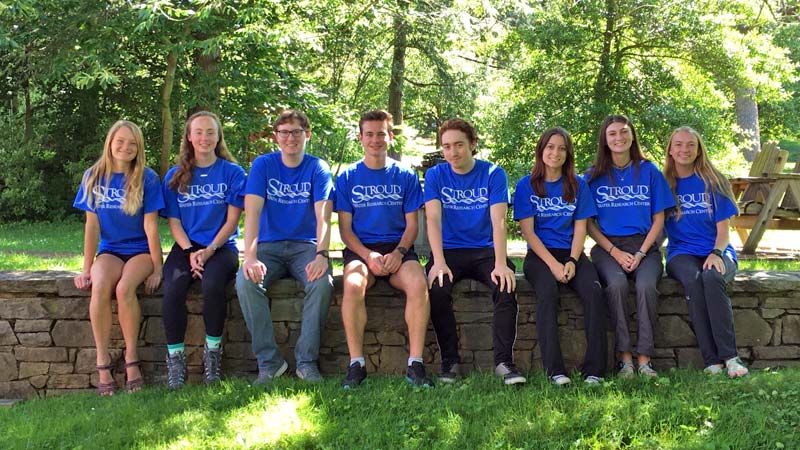
Meet Our 2021 Summer Interns
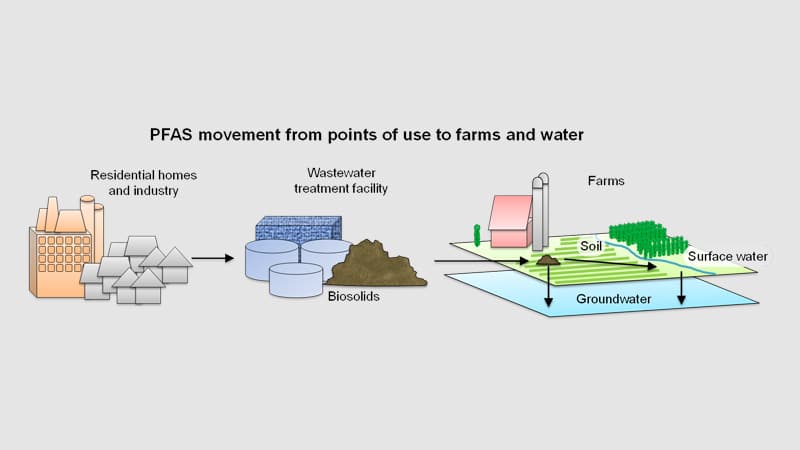
Use Of Biosolids as Soil Amendments May Be a Pathway for PFAS Contamination of Soil, Water, and Ultimately, Our Food

Elucidating stream bacteria utilizing terrestrial dissolved organic matter
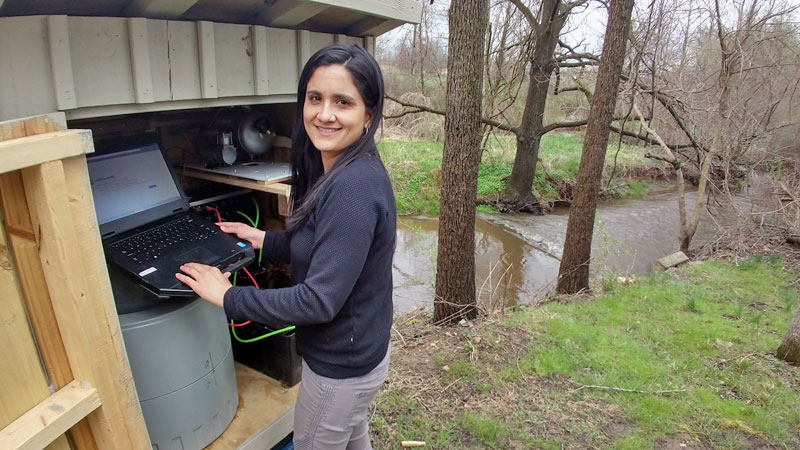
Oviedo Vargas Shares Her STEM Career Journey

Effect of decreasing biological lability on dissolved organic matter dynamics in streams
